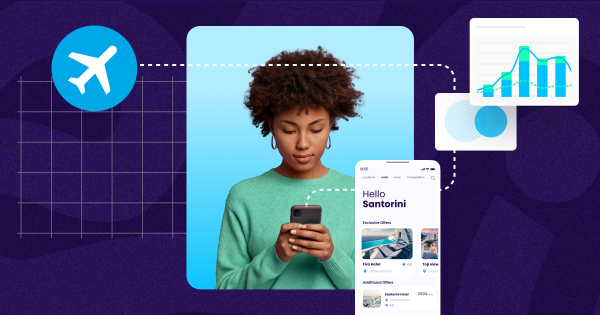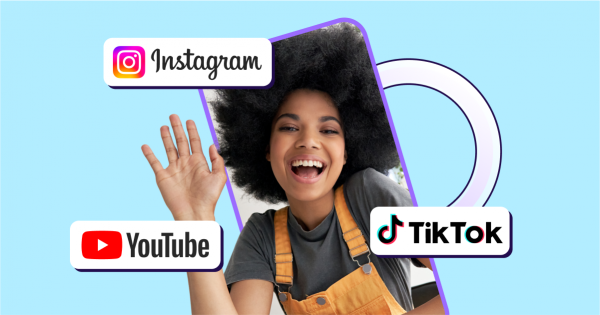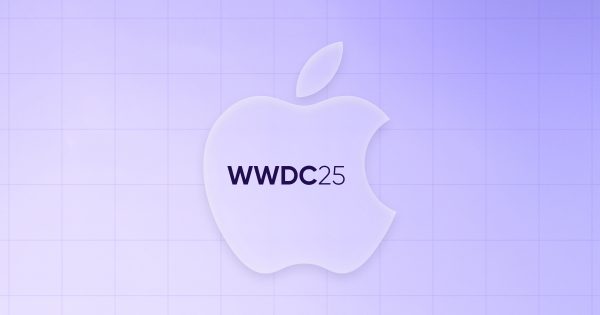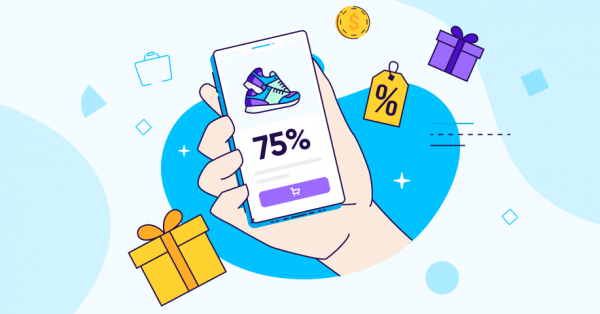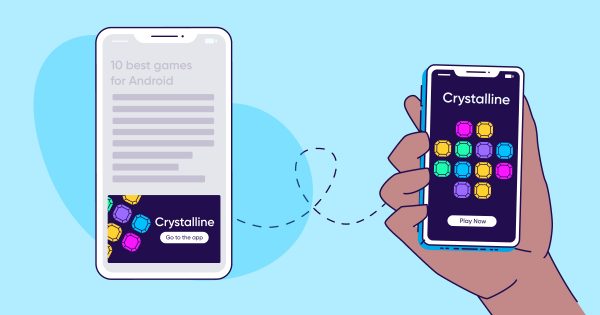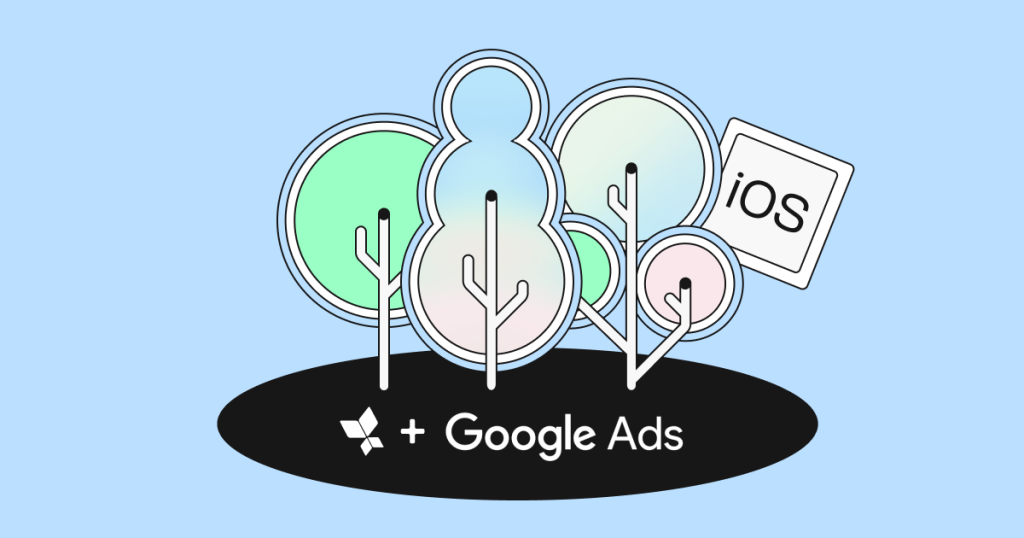Automate your ad personalization with dynamic product ads
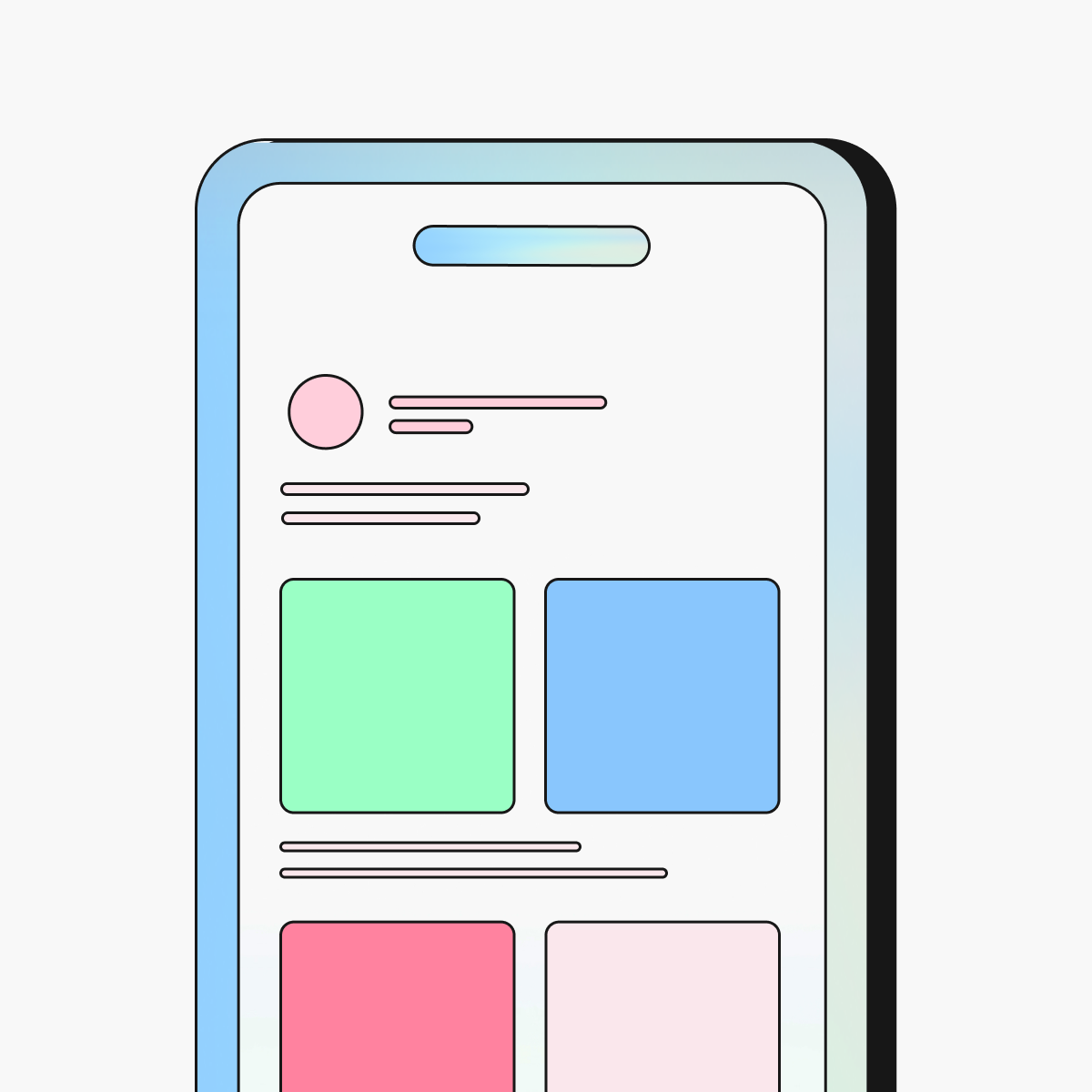

Have you ever had a concierge shopping experience? An expert listens to your needs, assesses your likes and dislikes, and makes personalized recommendations based on your preferences. Dynamic product ads are the advertising equivalent, presenting the user with highly personalized, relevant content and product suggestions.
But, while concierge shopping is resource-intensive, dynamic product ads let you personalize online advertising at scale.
And that personalization can give you a competitive edge to move your audience from ambivalence to action. According to McKinsey, 76% of customers are more likely to purchase from brands with personalized interactions.
Read on to learn how you can use dynamic product ads in your app marketing to boost engagement, efficiency, and conversions.
What are dynamic product ads?
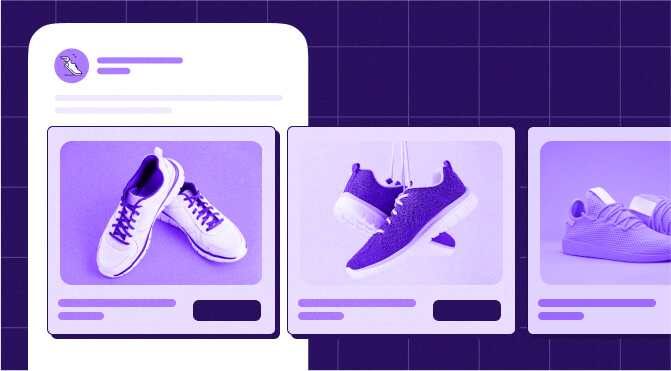
Dynamic product ads are a type of online advertising that serves personalized ad content for each viewer, based on user demographics and behavioral data. By automating the creation of personalized ads, dynamic ads display relevant and timely content that is ultimately more effective.
Channels where you can launch dynamic ad campaigns include social media platforms (Facebook, Instagram, Pinterest, LinkedIn) search engines, display ad networks, and in-app advertising. While the specifics of each channel and platform vary, the basic functions are the same.
How do dynamic product ads work?
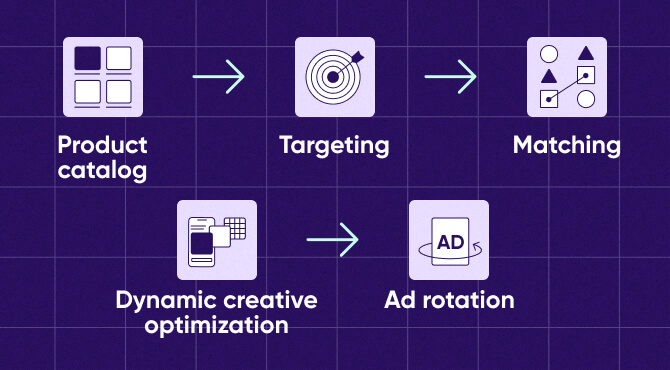
With dynamic product ads, advertising platforms like Meta use artificial intelligence (AI) and machine learning to do the hard work of personalization for you. Here’s an overview of how it works.
- Product catalog: You upload or link your product catalog, containing information about each product, such as its name, description, price, and image. In app marketing, you can include features such as in-app purchases, subscriptions, or deep links to specific content.
- Targeting: You set up targeting options to define who should see your ads, based on criteria like demographics, interests, behaviors, and more.
- Product matching: When a user matches your targeting criteria, the platform’s algorithm matches them with a product from your catalog that is most likely to be relevant to them.
- Dynamic creative optimization: The platform uses the product information from your catalog to create a dynamic ad that showcases the matched product. The ad includes the product image, name, price, and description.
- Ad rotation: On certain platforms like Facebook, the ad rotates through multiple products from your catalog to show users a variety of products and increase the chance of conversions.
- Conversion tracking: You set up conversion tracking to measure the ad’s effectiveness. This can include tracking sales, add-to-cart actions, or other desired actions.
Dynamic ads on social media platforms
On social media platforms like Meta, you need to set up a product library and add a code snippet that pulls real-time pricing, first-person behavioral data, and other information from your website. Based on user behavior like previously viewed products, the platform builds and serves individualized product ads to users it believes are most likely to respond.
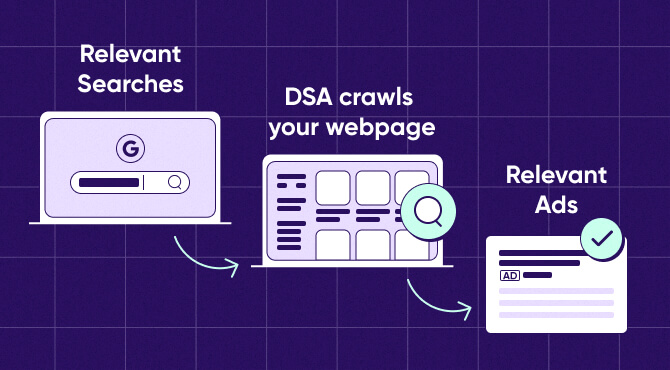
Dynamic ads on Google Ads
In Google search, instead of waiting for an exact keyword match, the platform creates paid search ads from website content such as page titles and product page data. Dynamic ads use machine learning to optimize and improve the ads’ performance over time.
What are the benefits of dynamic product ads?
So, why should you use dynamic product ads? Admittedly, these ads take more effort to set up on the front end than traditional formats, but they can drive a big impact once enabled. Here are the top six benefits of dynamic advertising.
1. Better conversion rates
Conversion rates for online advertising are low, at 9% for Facebook ads and 4% for Google search. When you draw on behavioral data to remind customers about products they’ve previously viewed or that match their interests, your chance of conversion success shoots up.
Dynamic product ads are also effective because they’re highly visual. For example, Facebook’s dynamic product ads pull product images into a shopper-friendly carousel format that grabs attention.
2. Better for cross-device and cross-channel targeting
As a marketer, you know that it may take many touchpoints over time for customers to finally hit that “buy” or “install” button. Dynamic product ads are built to reach customers across devices and platforms, from Facebook to Instagram to Google, and remind them of their interest in a product.
3. Time savings and greater efficiency
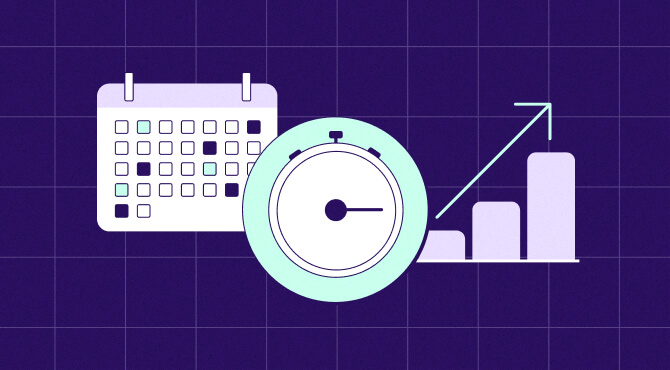
Manual personalization can be time-consuming and expensive, but technology makes customization faster and easier. When you set up automated dynamic ad campaigns, you save your marketing team time they can spend on other tasks.
4. Cost savings
Dynamic product ads not only save time, they save money through better campaign optimization. Static product ads — which aren’t personalized using automation — often waste your budget by displaying ads to a general audience. Using AI and machine learning, dynamic product ads serve ads to users that are most likely to buy.
On average, businesses using Meta’s Advantage+ dynamic ads have seen a 17% reduction in cost per action and a 32% increase in return on ad spend.
5. Higher customer lifetime value
Since dynamic ads can serve tailored content based on product views and past purchases, they’re perfect for growing customer lifetime value through repeat purchases. Dynamic remarketing ads to existing customers tempt them to return and buy again with upselling and cross-selling ad content.
A McKinsey study found that 78% of customers are more likely to repurchase when served personalized content, a win-win for your business and your customers.
6. Higher revenue, faster growth
With all of the benefits above, you can position your company for higher customer acquisition, revenue, and growth.
Let’s dive into how to get started.
How to set up a dynamic product ad campaign in 8 steps
Setting up your first dynamic ad campaign can feel intimidating, but you’ll ultimately have fewer decisions to make than you would with traditional online ads. Once you set up your product catalog and data feed, AI does most of the heavy lifting. The platform can build ads, optimize campaigns, and find new customers without direct input from you.
Here are the steps to get your first dynamic ad campaign up and running.
1. Upload your products to your chosen channel
Log into the platform you want to use for your dynamic product ads, for instance, Meta or Google Ads. You’ll need a business account rather than a personal one.
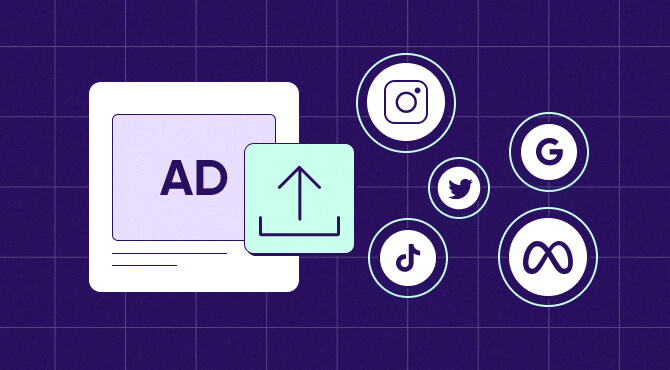
Google Ads
To promote an entire website or store on Google Ads, simply select the websites or landing pages you want to promote. To create a dynamic remarketing campaign promoting individual products to consumers, you need to first create a product feed on Google Merchant Center. This links your website products in real time so you can serve up-to-date dynamic ads on Google search and Google Shopping.
Social media platforms
On social media platforms, the first step is to create a product catalog. For Facebook and Instagram, most businesses do this by adding products manually or uploading them with a spreadsheet. Brands with large product catalogs may also consider sharing data through a data feed, partner platform, or batch API (more complex options that may require setup from a partner or developer).
Review the products to make sure that your catalog is up to date and includes all the necessary product information (product name, description, image, price, and so on) before you continue.
2. Set up your Meta Pixel (for Facebook and Instagram)
If your campaign is on Meta, you need to set up your Meta Pixel: a small piece of code that tracks user behavior on your website and helps you measure the effectiveness of your ads. Follow Meta’s instructions for enabling and capturing your pixel, then install the Meta Pixel on your website by adding the code to your website’s header or footer.
3. Start a new campaign
Once your product catalog and data stream are set up, it’s time to start building your campaign. Log in to your ad account and navigate to the campaign creation page.
Create a new campaign (dynamic ads are now called Advantage+ ads on Meta) and give it a name and description. Choose the campaign objective that best fits your goals (such as conversions, sales, or website traffic). Choose a conversion location to track, for example your website or app.
4. Choose your audience
Next, define your target audience based on demographics, interests, behaviors, or custom audiences. Each platform will have different options such as location, language, and device that you can select. Set a bid adjustment for your target audience to optimize ad delivery.
5. Set your budget and bidding parameters
Next, set your overall budget and bid limit to keep your costs under control. You can choose to let the platform optimize the bidding strategy for you. For example, Google offers the choice to optimize via target cost-per-action (CPA) or enhanced cost-per-click (CPC).
6. Build your creative template
In social platforms like Meta, you’ll create an ad template to be customized. The template you design should be versatile enough to house any of your product images and text. Design the template according to the platform’s ad template options and best practices.
7. Launch your campaign
Review and confirm your campaign settings before launching. Then click “Launch” and watch the engagement start to roll in.
8. Test and optimize
While AI does most of the work, your campaign still needs a human touch to make sure it’s meeting your targets. Continuously monitor and optimize your dynamic product ads to make sure they’re working as intended and performing at their best.
Monitor your ad budget and adjust it as needed to ensure you’re getting the most out of your ad spend. Regularly review and optimize your product feed and product data to ensure it’s up to date and accurate. Use the platform’s analytics tools to track key metrics such as conversions, click-through rate, and cost per conversion.
Best practices for winning dynamic product ads
Dynamic product ads are a powerful way to showcase your products to potential customers, increasing conversions and sales. Here are some best practices for successful dynamic product ads.
1. Use high-quality product feed and product data
The quality of your product feed and product data is crucial for the success of your dynamic ad campaign. Make sure your product data is accurate, up to date, and well structured, including product names, descriptions, images, and prices. If you use a data feed, make sure it fetches data frequently so you aren’t publishing outdated pricing or unavailable items.
2. Appeal to customers with relevant visuals, messaging, and reviews
Ultimately, your ad creative will determine whether a user clicks on your ad or keeps on scrolling. Your product information should include engaging ad copy and compelling visuals to highlight the unique features and benefits of each app or product.
Since the platform will build the final ads, it’s up to you to make sure that the building blocks you give it — text and images — are high quality and relevant. Check that the images are sized correctly for the platform, optimized for mobile devices, and comply with platform guidelines. Building in customer ratings and reviews will boost your credibility and appeal.
3. Segment your product catalog

Meta recommends segmenting your catalog into product sets, using groups such as product category, pricing, and custom columns to improve campaign targeting. For instance, you can run campaigns by category including lifestyle apps, casual games, or educational apps. You can also promote products by categories such as items on sale, items over a specified price point, or items with excess inventory.
Enhancing dynamic product ads with AppsFlyer
Dynamic product ads open up many exciting possibilities for app marketers. For instance, AppsFlyer used Facebook’s dynamic product ads to show users relevant in-app experiences, before sending them to a general app install page. This deep-linking tactic, facilitated by our OneLink technology, resulted in high engagement and conversion rates and a low cost per install.
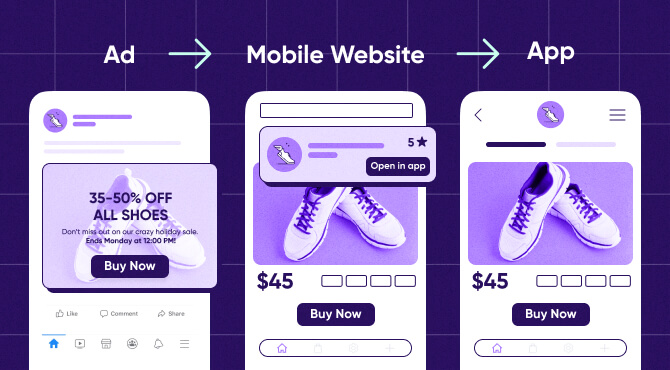
You can use dynamic product ads to promote in-app purchases, and offer special deals or discounts to encourage users to buy. These ads can also showcase your app features, such as new levels, characters, or game modes, as well as subscriptions and special offers.
Ultimately, dynamic product ads open the door to a new level of ad personalization and deeper engagement between consumers and brands — without creating a mountain of extra work for you.
Key takeaways
- Dynamic product ads offer personalized online advertising at scale, using AI to recommend relevant products to users based on demographics and behavioral data.
- Automation in dynamic product ads saves time and money by optimizing ad delivery to the most relevant audience, reducing cost-per-action and increasing return on ad spend. You can leave it to the platform to develop creatives and set appropriate bidding strategies to suit your budget.
- Dynamic product ads can encourage purchases through remarketing and repeat purchases and upselling, leading to higher customer lifetime value and faster business growth.
- Because dynamic ads are built by your chosen platform, you need to supply it with versatile, high-quality images, copy, and reviews to get the best results from your campaign. Ensure your product feed is up to date, and keep monitoring ad performance and budget.



